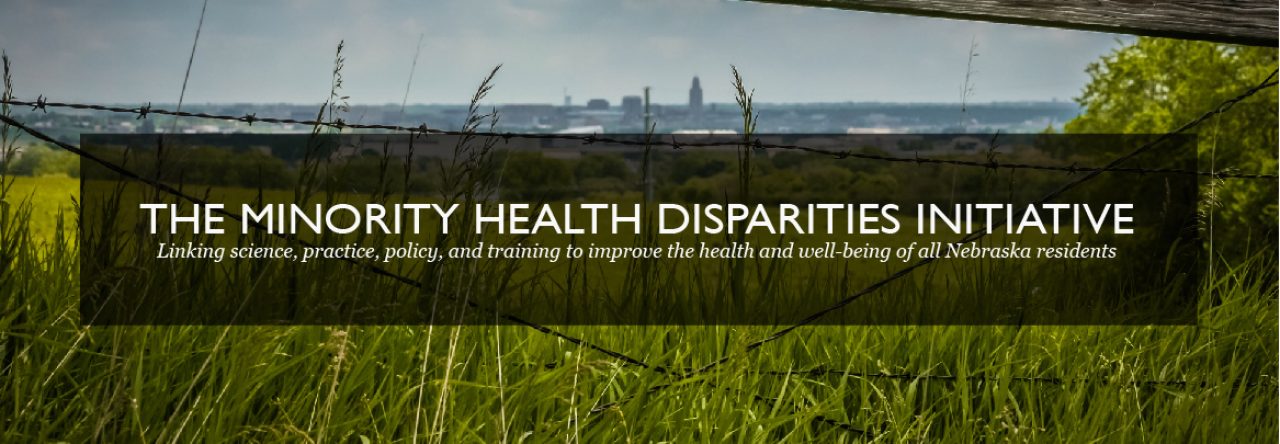By Ryan S.
 The Hispanic population in the United States is rising at a much higher rate than it ever has in our past. The Hispanic population reached 53 million people in 2012, almost double the number of residents in 2000. This population growth is expected to continue, though the expected rate of growth has varied from year to year. Based on the 2014 census, the population is projected to reach 106 million individuals by 2050. This growth seems to have no limit, and though Hispanics won’t outnumber Caucasian Americans any time soon, the rising population continues to demand accommodation.
The Hispanic population in the United States is rising at a much higher rate than it ever has in our past. The Hispanic population reached 53 million people in 2012, almost double the number of residents in 2000. This population growth is expected to continue, though the expected rate of growth has varied from year to year. Based on the 2014 census, the population is projected to reach 106 million individuals by 2050. This growth seems to have no limit, and though Hispanics won’t outnumber Caucasian Americans any time soon, the rising population continues to demand accommodation.
Hispanic residents face daily barriers to healthy life in the United States. Barriers include discrimination because of implicit and explicit prejudices that other residents hold as well as things like culture and language — something that can have a profound impact on daily, healthy life. And because the population of Hispanic residents continues to grow, addressing the barriers that exist are more important now than ever. Sadly, there are some barriers that are difficult to forcefully eliminate. Racism isn’t something that the government can put an end to — at least not the way our current system of government and state run. That’s because many of these barriers were borne out of the cultural as well as institutional system that is in place. These barriers naturally take longer to wear down because of this. So for now, we should most aggressively focus on barriers that can be fixed through legislation.
We should focus on the language barrier, which affects just over 40 percent of all Hispanic adults in the United States. This equates to over 15 million Hispanic adults that struggle in some way because of this barrier. In relation to health care, this barrier causes many issues. Roughly 29 percent of the Hispanic population is uninsured. This alone sounds high, but this rate of uninsured adults jumps to 57 percent once we look at individuals who prefer to speak Spanish. If the first percentage doesn’t shock someone, the second should — especially considering that the average uninsured rate was 15.8 percent at the time these findings were reported.
Hispanics face many barriers to healthy life in the United States, and the language barrier is something that’s pressing yet manageable. It’s estimated that about half of all Spanish speakers struggle with communicating and understanding their physicians. That’s a problem that needs to be addressed. Even when care is sought — whether with insurance or not — individuals are often unable to heed the advice they are given. This means that we need to contribute more funding to interpreters to fully support the health of Hispanic Americans, a diverse group that make up 16 percent of our total population, though this percentage will continue to rise over time. This is a barrier that will not disappear automatically over time. It’s something that we need to combat deliberately.

